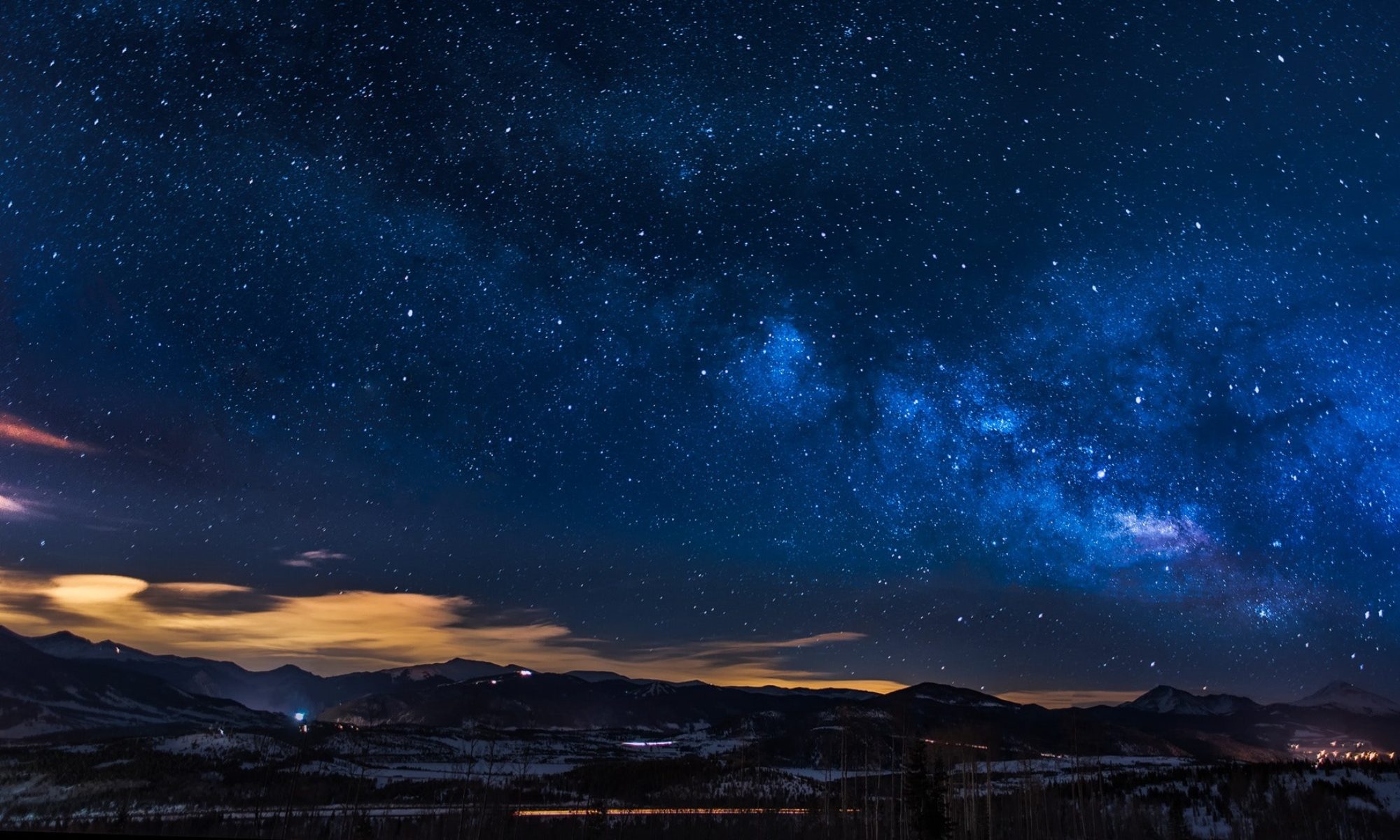“You’re going to need more ribbons,” Dr. D. said to me this morning as he read the paper.
Oh, indeed. There was that state trooper who shot the man who, at the officer’s request, was reaching for his driver’s license. There was the shooting of the Wal-Mart customer who was holding an air rifle from the store’s shelves. There was the unbearable prevalence of incidents reported with the gratuitous line, “(Insert name of wounded or killed man here) was black; Officer (insert name here) is white.”
About the ribbons: 37 days ago, I felt I needed to recreate some publicly visible sign of my anguish over the shooting of Michael Brown, so I made a little “awareness pin” of black and white ribbons which I committed to wearing for 100 days. I felt it was an acknowledgement of the unearned privilege I have because of my white skin. It also represented my hope that the people I interacted with during the day would treat me with the same respect and consideration if I were black. A lot of weight for two little ribbons to carry.
I also have extra ribbons with me in in case anyone else wants one. Two people have. A few people asked about the ribbons. But mostly the awareness ribbons seem to be as invisible as…awareness.
In my Day 7 post, I noted that the awareness was primarily mine, and that continues. Also my sadness. This week, as I wear the ribbons, I am watching the Ken Burns series on the Theodore, Franklin, and Eleanor Roosevelt. The series is extraordinary. Likewise the three subjects. For all of TR’s and FDR’s accomplishments, it is Eleanor who is emerging, for me, as the true star of self-invention, resilience, and, most importantly, beacon of the nation’s highest ideals. Given the times that the series is set in, there are horrifying pictures and instances of racial injustice, that I am taking in as I read about the most recent assaults on voting rights as well as on human beings’ persons and dignity.
Years ago I had the privilege of working with the late Jonathan Mann on a manuscript, never completed, on how to be an activist for human rights. The first step, according to him–and a hugely powerful one–was according dignity to every other human being simply in acknowledgement of their humanity. A simple concept, but so powerful. A quick look at what exists on the subject of human rights activism talks about first steps including joining organizations, going to meetings, monitoring abuses, large and important things, certainly. But this one simple step is something we can all do right now wherever we are:
Just treat other people with respect.
Doesn’t even take a ribbon.
